Trekking through the Simien Mountains makes you feel as if the world is in the palm of your hand. Sheer cliffs and rugged outcrops give way to rolling hills and boundless plains. The contradictions extend to life here too; swaths of grassland are punctuated by alien-looking trees, and baboons frolic while villagers herd their cattle to and fro.
This all makes for excellent trekking, but the last two points stood out for me. Firstly, the amount of exotic wildlife (mainly baboons, wolves and ibexes) makes this trek worthwhile for reasons other than stunning views—think of it as a trek combined with a safari. Secondly, and most surprisingly, the Simien Mountains are a bastion of rural cultures and immense hospitality. More than just pretty views, these mountains are as diverse in their attractions as they are in wildlife.

As soon as I began the trek I found myself wandering along the cliff edges. This was exhilarating in itself not only because of the height but because of the sheerness of the cliffs, making the mountains unlike most others I had experienced. The sudden end to the mountains makes for a stunning vista, completely unimpeded by any downward slopes and the trees which would hypothetically grow on them. It’s easy to see why’re the national park’s been designated as a World Heritage site.
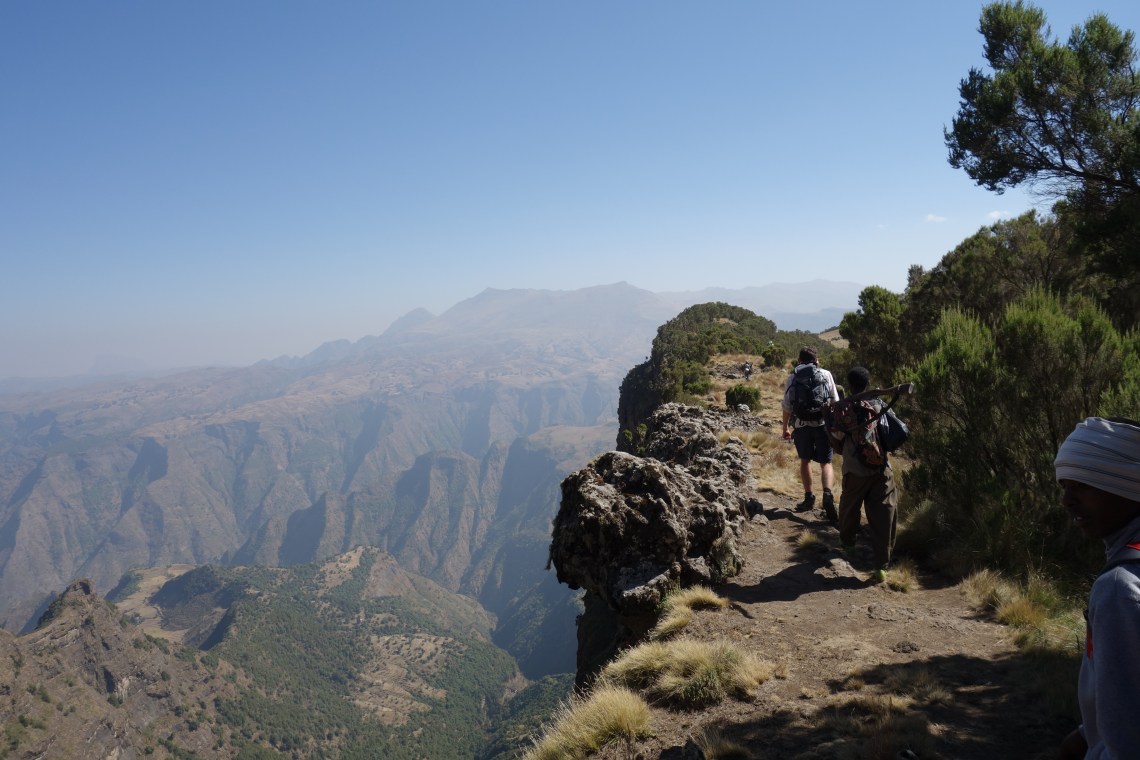
Half-way down the cliffs are caves where the baboons live, a concept I would later experience first-hand in the churches of the Tigray region. Along these cliffs are several waterfalls trickling down the enormous drop. They’re great to stop and look at, but crossing them is even better.
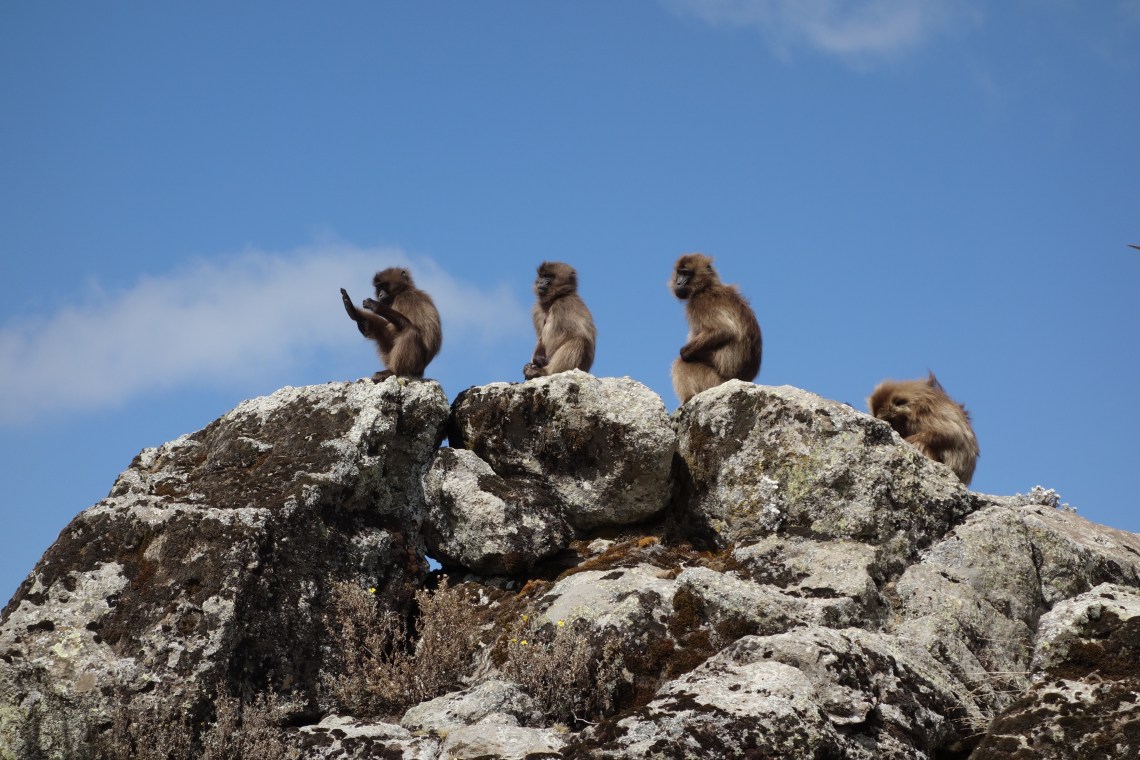
Climbing further up the mountain range, the tree line becomes glaringly apparent. There is no gradient between the moderately-dense greenery of the lower sections and the rolling, grassy hills they give way to. Instead, the trees simply stop appearing.
These expansive gullies (or valleys, idk) are visible all the way through thanks to the lack of trees, making the trek feel so much more like an adventure. Being able to see how far you’ve come, and how far you still have to go is so humbling in an environment like this.

What’s even more humbling, however, is the boundless hospitality of the people who call this remote environment home. Armed scouts are compulsory for travellers wishing to enter the Simien Mountains, but there’s really no danger in the Simien Mountains. It’s more of a job creation scheme, and a relatively equitable one for the local communities at that.
When our scout (I teamed up with another backpacker I met earlier) jokingly suggested we grab a coffee as we wandered through one of the area’s tiny, off-grid villages, we both got really excited. Why not see if we could get quick drink or snack? What better way of experiencing the local culture on a trek where either tents or sleeping in overcrowded alpine huts are compulsory.
Our scout was intrigued, and decided to ask some of the huts we passed. Right off the bat, a woman sweeping around her home welcomed us in for coffee and injera. Her hut was made of stones, mud and wood, and the circular interior was tiny. After my eyes adjusted to the darkness, I saw the whole family’s possessions on the ground, along with some live chickens tied to the central pole.
It was an eye-opening experience. These people lived, ate and slept in the dirt. Their home was the size of my bathroom. And despite this, we were welcomed into their home with a genuine sense of pride. As we sat in the dirt by the fire, one of the woman’s younger sons stared at me and my Korean friend (Asians are probably the only people who get more attention that white people in Ethiopia) in a frozen state. It was a weird experience for both sides, but I loved it and his mum did too.
Smoke filled the hut and rays of light glimmered through gaps in the wall. Our scout then explained in broken English that the boy and his younger sibling would sleep atop a rickety wooden structure opposite us. Underneath, a couple of cattle would be brought in at night so the children could stay warm from their body heat.
Not only did they live in dirt, but they lived in close quarters with their animals. A chicken was shitting literally centimetres away from our food. On paper it seems to go against every rule there is about living, yet in this hut it just worked.
Time for coffee. Being an impromptu visit, we were able to see the coffee being made from scratch. The beans were roasted on the open fire, being tossed every so often. After this, they were ground in a traditional wooden mortar and pestle, before being added to boiling water in a kettle.
The coffee came out jet black and piping hot. I’m not really a coffee guy, but I drank heaps as I could see how eager the woman was for us to enjoy it. The food, however, was a better story.
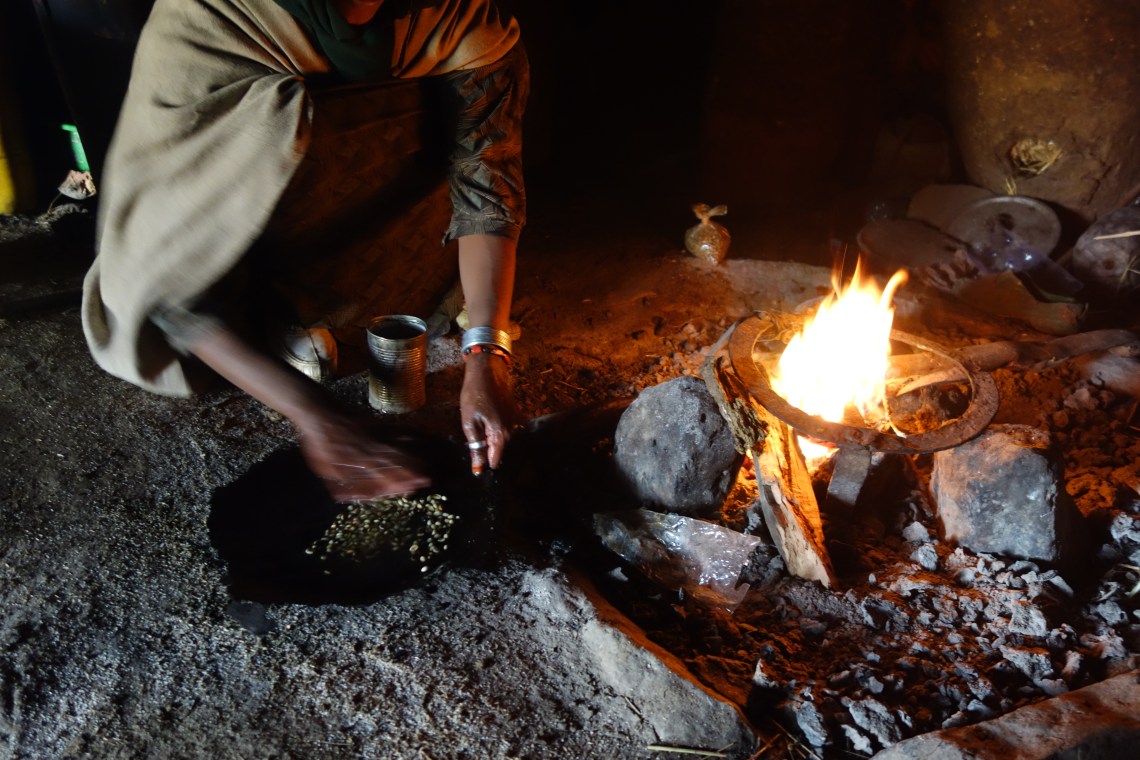
Injera, as in almost every corner of the country, is the staple food. It’s eaten with everything, and it’s common for a man to ask a woman if she makes good injera when looking for a wife. We were treated to the family’s own stash, so to speak. It was old, visibly dirty and made from a low grade of teff. But it was theirs, and it was now ours too.
We ate it with a curious combination of honey (probably the most common condiment in Ethiopia) and beri beri paste (a spice mix as ubiquitous as injera itself). The result was sweet and spicy in the most literal sense, and it kind of worked. More importantly, it drowned out the cardboard-like flavour of the stale flatbread.
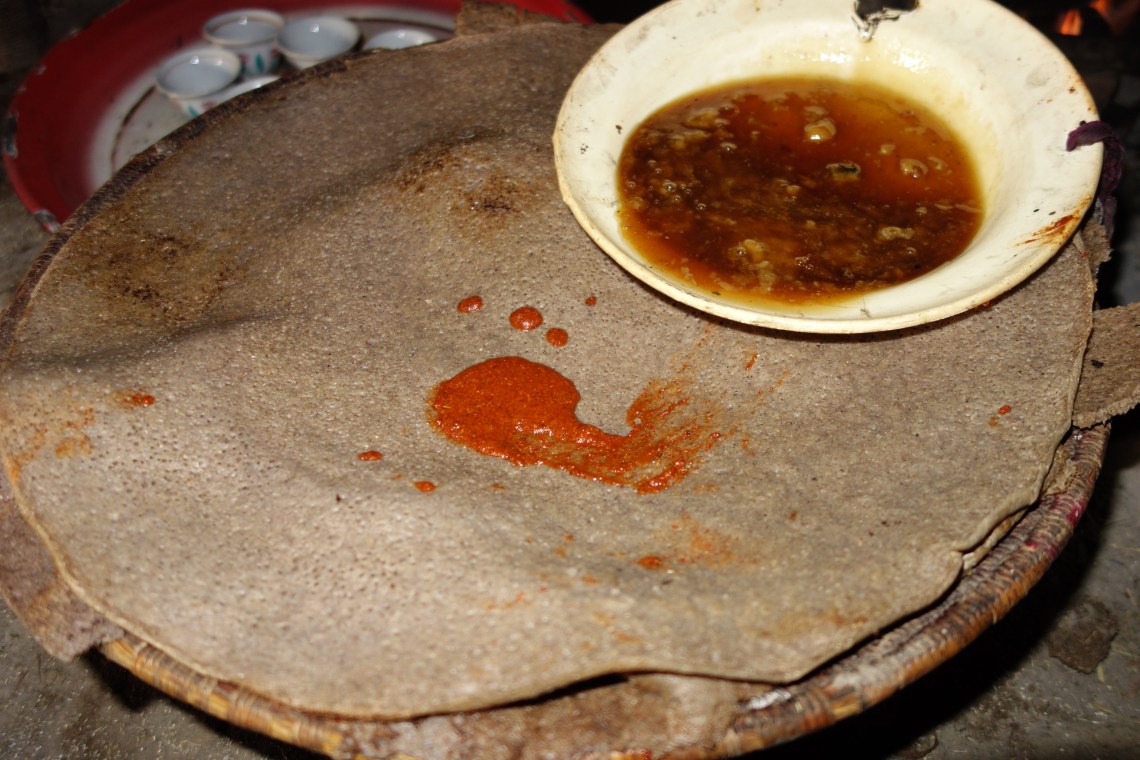
When we were finished, we asked out scout how much we should pay. He explained he was at a loss as it was his first time doing this too. A cup of coffee in a café (which is often accompanied by snacks) is 10 birr. A coffee ceremony for tourists is several hundred birr, a total rip off. Seeing as we had such a great experience, we tried to find a balance, but we had very limited cash and actually ran out at the end of our trek.
In the end, we paid 100 birr between us, which we thought might be disappointingly small. But the woman’s face light up and she was immensely thankful. An equitable transaction if ever there was one. Although we had walked in with no expectations, we walked away with a much greater understanding of the lives of those around us.
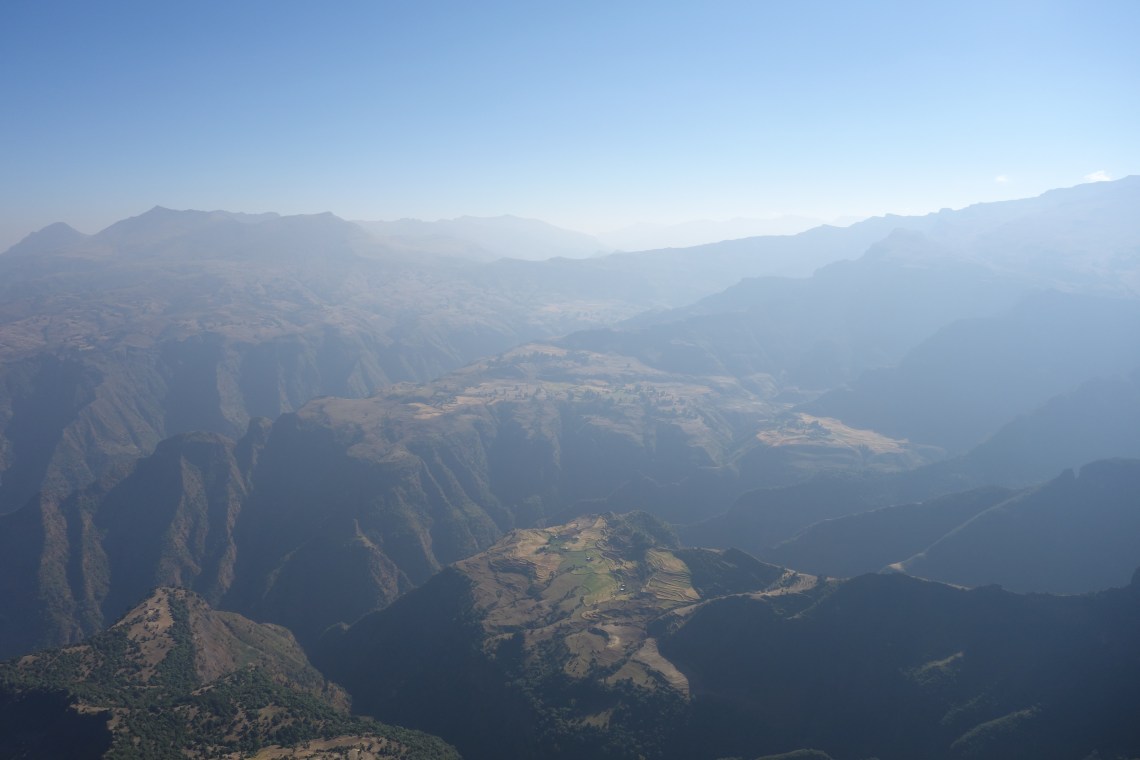
The pallet of the rolling mountain tops changes throughout the day. As the sun sets, the grass is a distinct shade of olive, while at midday it’s much more verdant. The most vibrant colours, however, come out first thing in the morning. As the sun rises, the grass takes on a beautiful golden glow. Watching locals begin to tend to their horses in these peaceful hours.
This part of the track is relatively easy, but it leads up to the most jagged and scenic outcrop of the trek. The Imet Gogo escarpment epitomises the Simien Mountains, with views which extend until the horizon. Here you can best appreciate the height and sheerness of these mountains after walking on top of them for days.

Looking down, there are endless villages and fields. Many of them have no access to the outside world other than the road which meanders along the mountain tops. Because of this, locals literally have to climb up ridges to the top of the mountain range, often carrying heavy goods for hours on end. It’s an extreme walk for anyone, let alone a routine trip. Sometimes it’s easy to forget just how high we were, but every time we saw someone the size of an ant climbing up, I was immediately thankful to already be at the top.
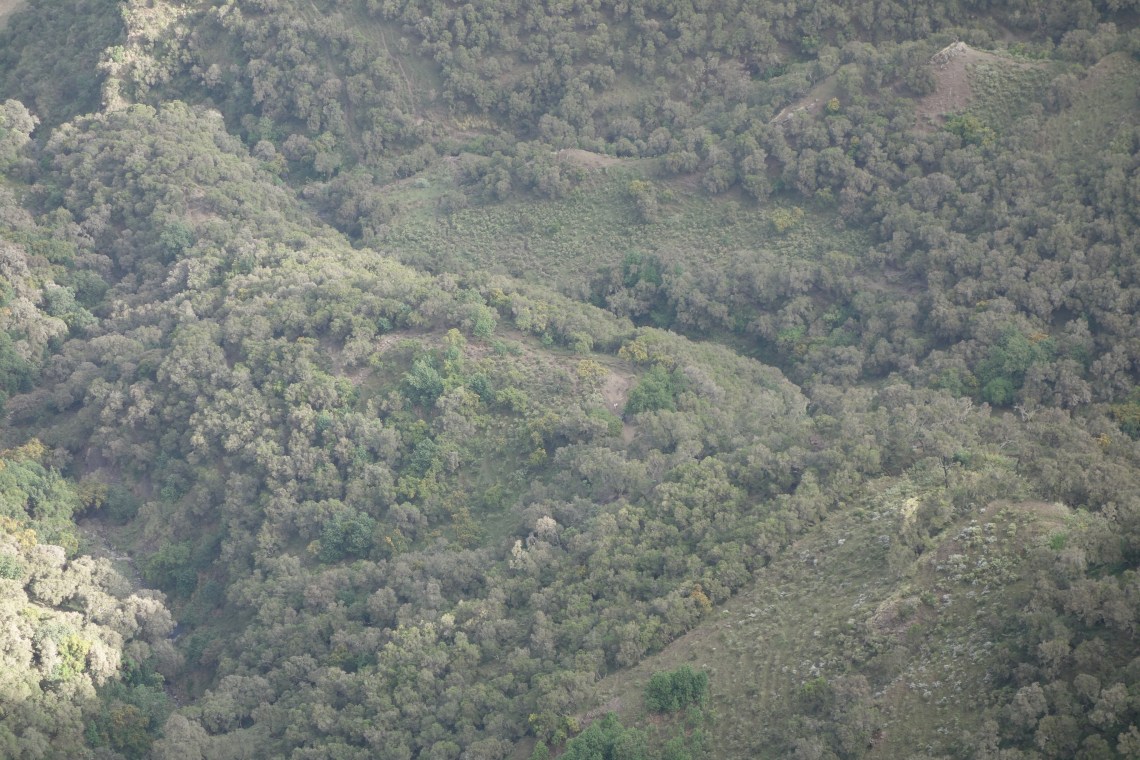
After Imet Gogo, the track zigzags down below the tree line into the bottom of the valley, only to climb back up straight after to get to the next massive plateau. We walk along the edge again, experiencing the protrusions of every single peak. It’s also an extremely scenic spot to stop for lunch, especially if you’re into dangling your feet off the edge like my fricken partner did.
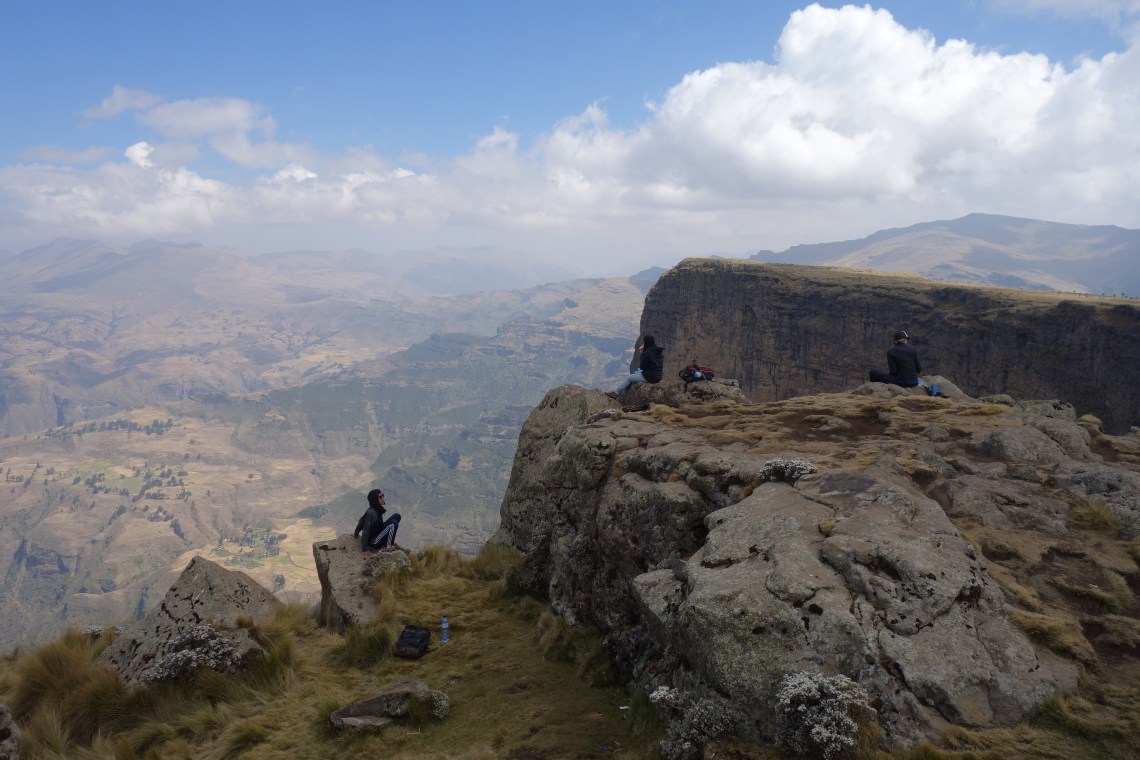
This part of the trek is also where I saw the most baboons. They’re everywhere here, and in big groups too. It’s fascinating to watch how humanlike they are, eating with their hands and taking care of their children. They’re even fairly approachable, save for each group’s alpha male who will charge at humans when presented with the opportunity.
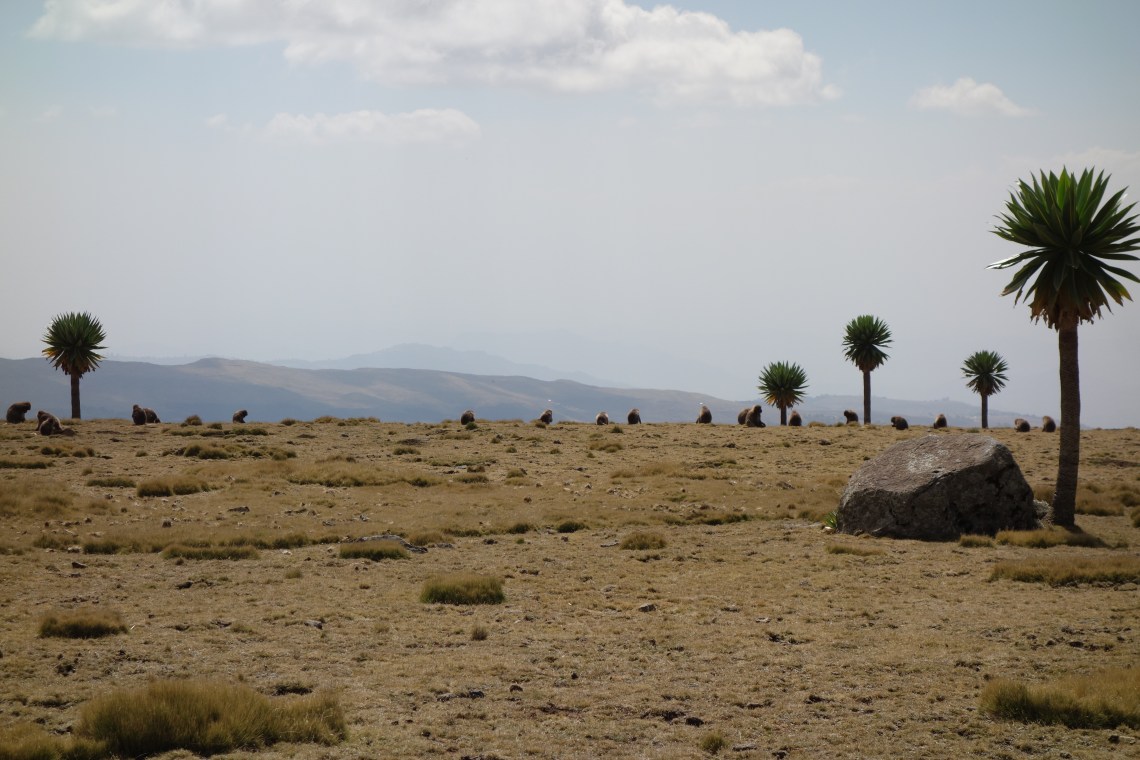
After traversing countless peaks, the track descends through a lush, yellow shrubbery to join up with the road. This was the end of my trek, and it’s a great spot to finish because you can see how far you’ve come (for the day at least).
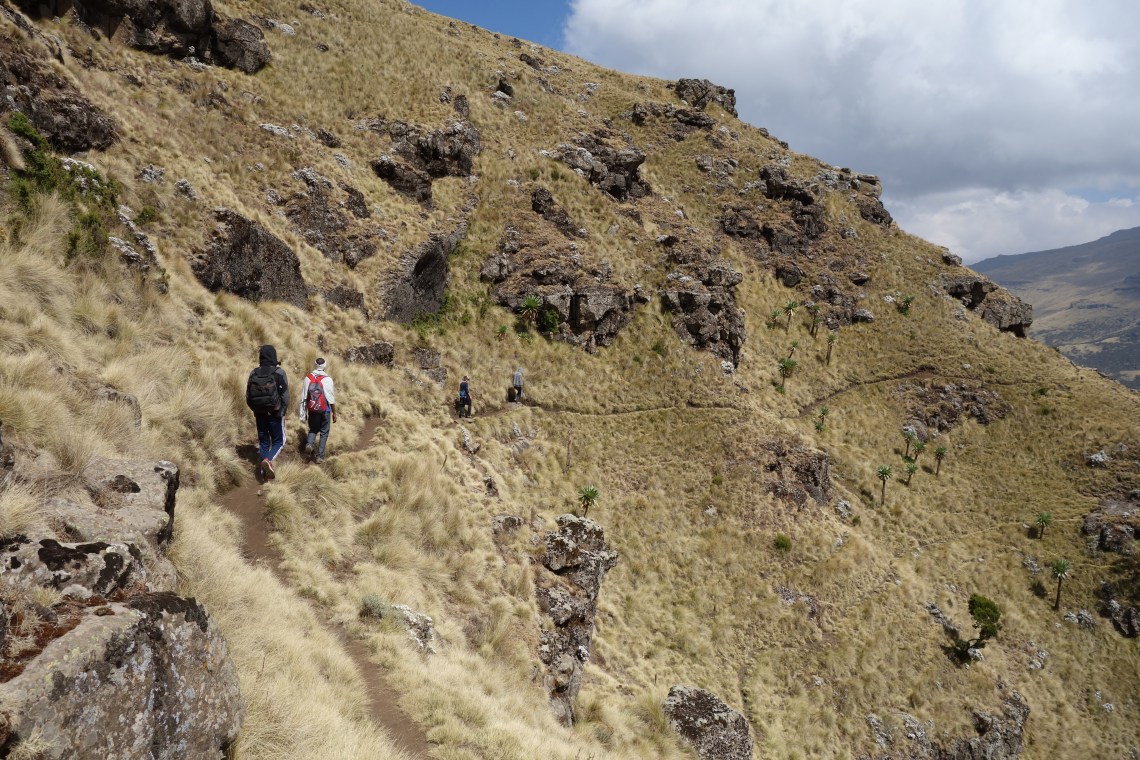
The Ethiopian government mandates that all foreign visitors to the Simien Mountains National Park must be accompanied by an armed scout. This means that that it’s not necessary to find an additional guide. Because I was travelling solo and worried that I’d be lonely during the trek, I joined another guy and his guide. But in the high season at least, there are so many people on the trail and at the camps that it’s impossible to be lonely.

Although there are no markers, your scout will know the way. You can also organise meals by paying the other groups’ cooks once they’ve eaten. It’s not ideal, but I believe many people (including myself) would prefer this to having a guide. Scouts can be organised in Debark, the town before the mountains where foreigners must check in and register their details. For those who’d still prefer a guide (who will arrange meals and donkeys to carry your pack), everything can be organised in Gondar.
After my trek, I spend another night back in Gondar before catching a bus to Aksum the next morning. From down below, you’re able to see to the true height of the plateau formed by this peculiar mountain range. The Simien Mountains are an adventure, and a unique one at that.

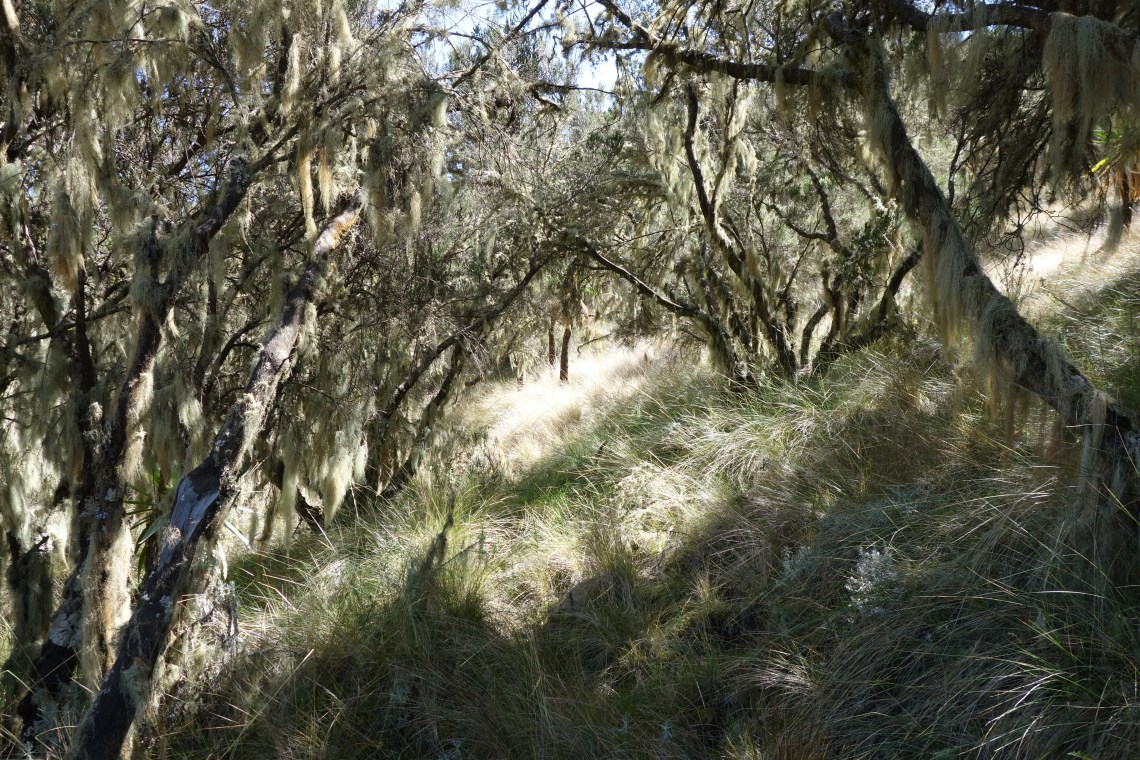
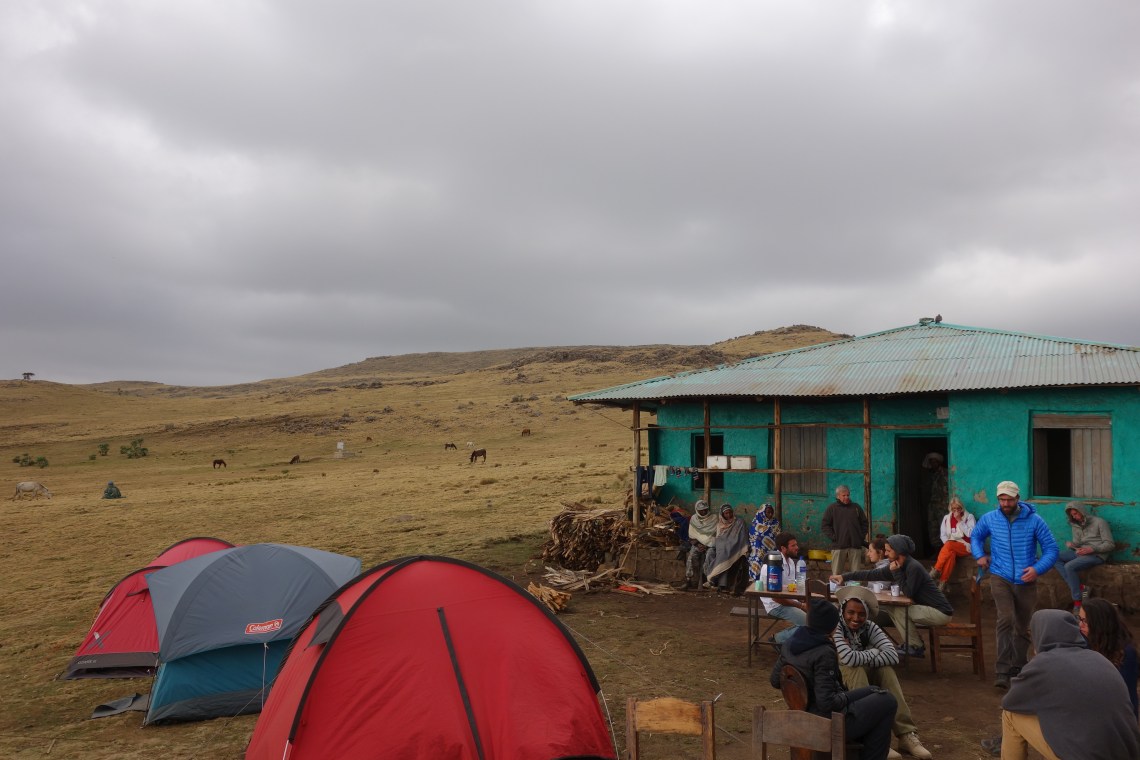
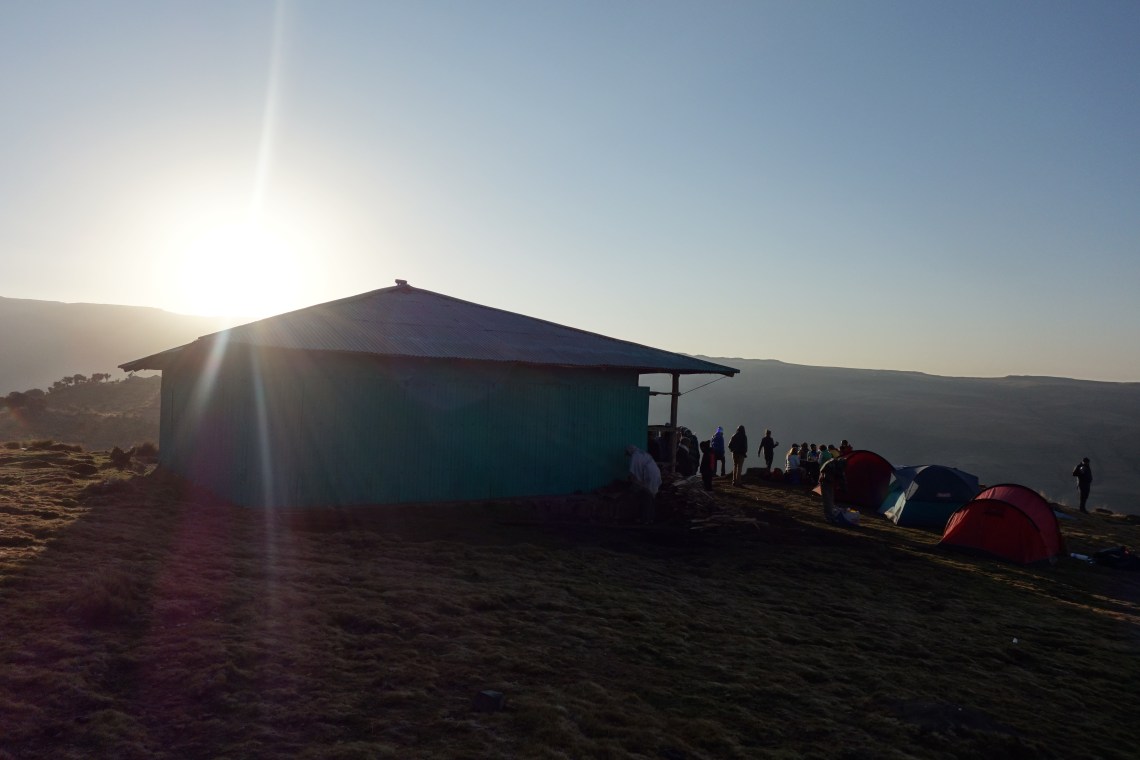

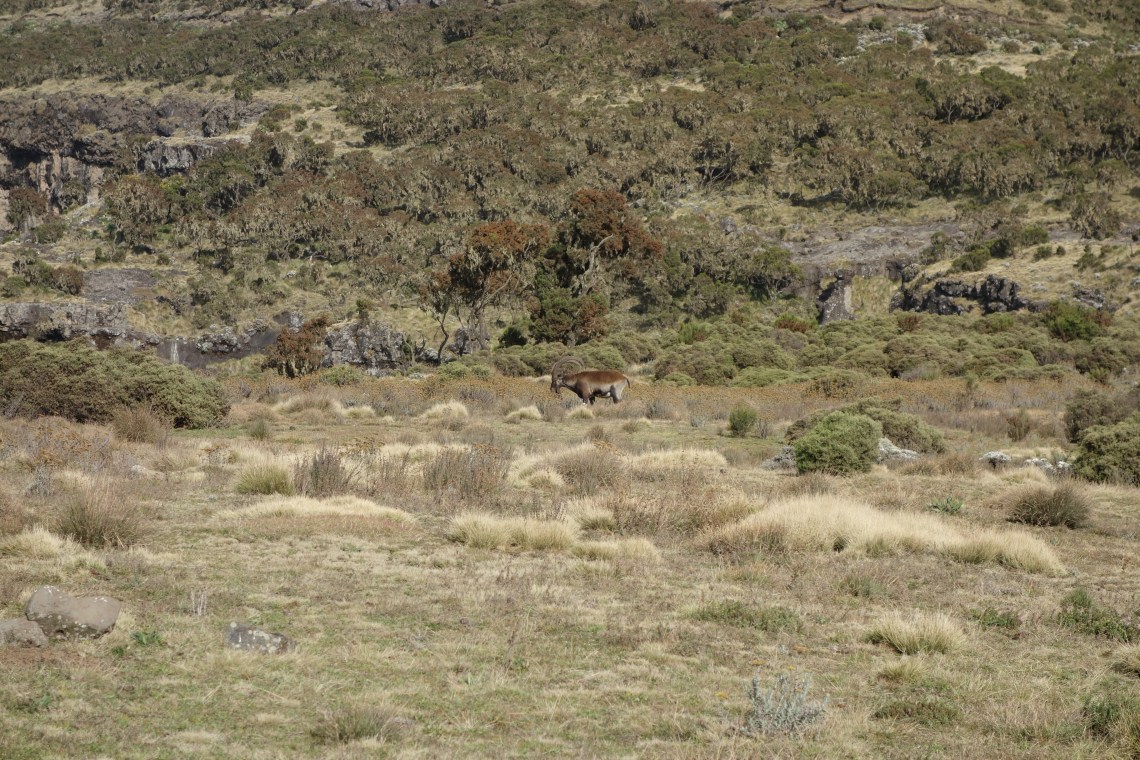


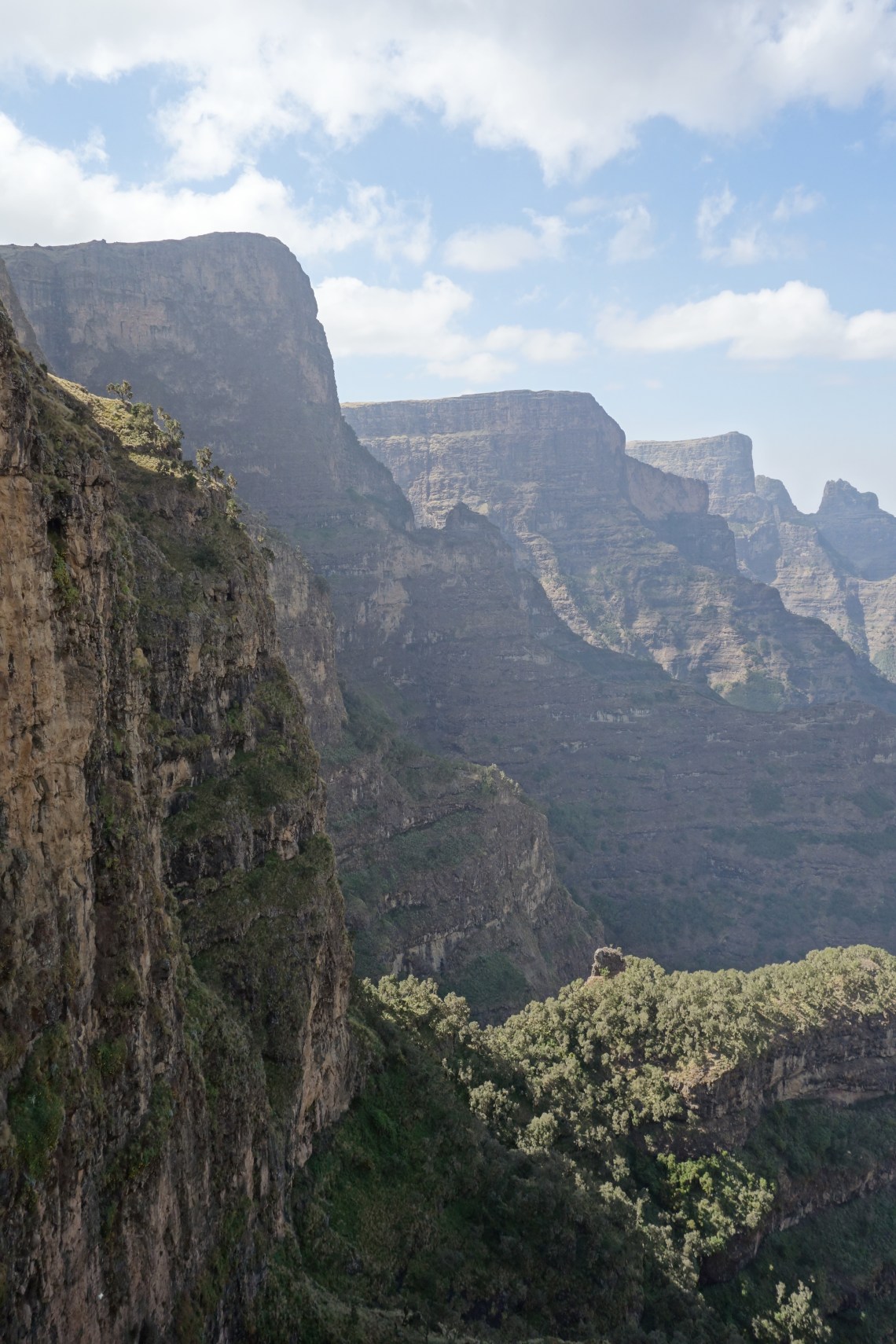

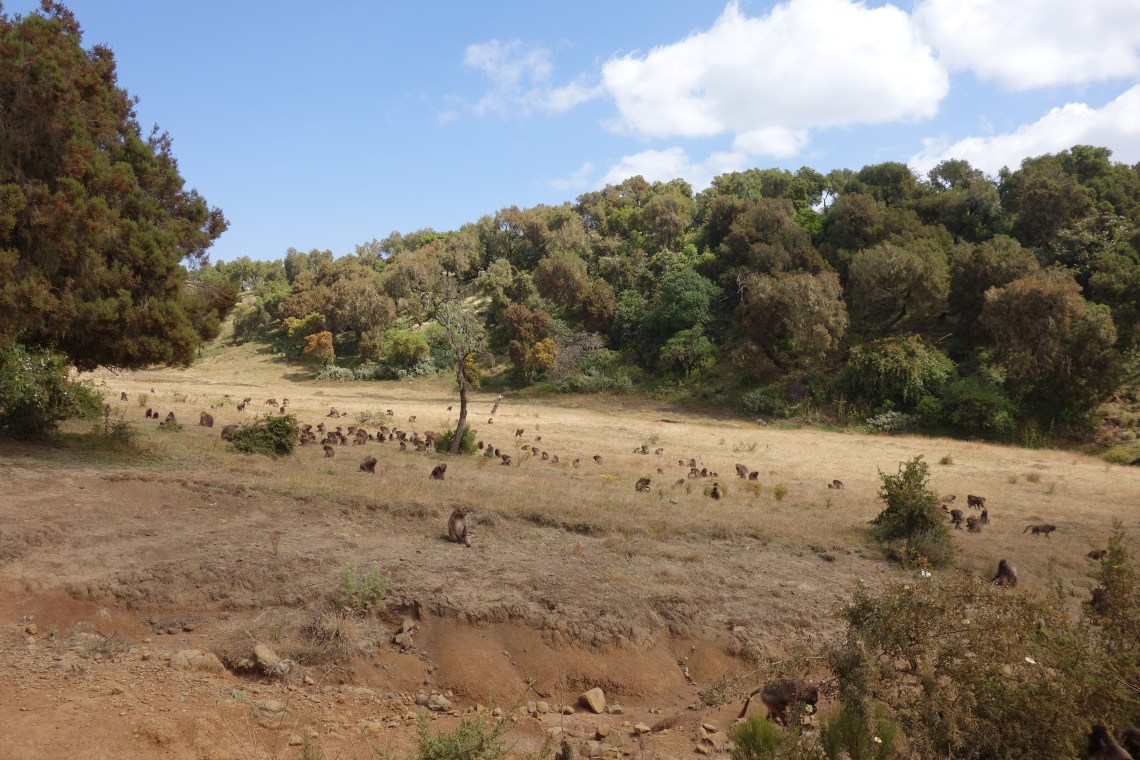
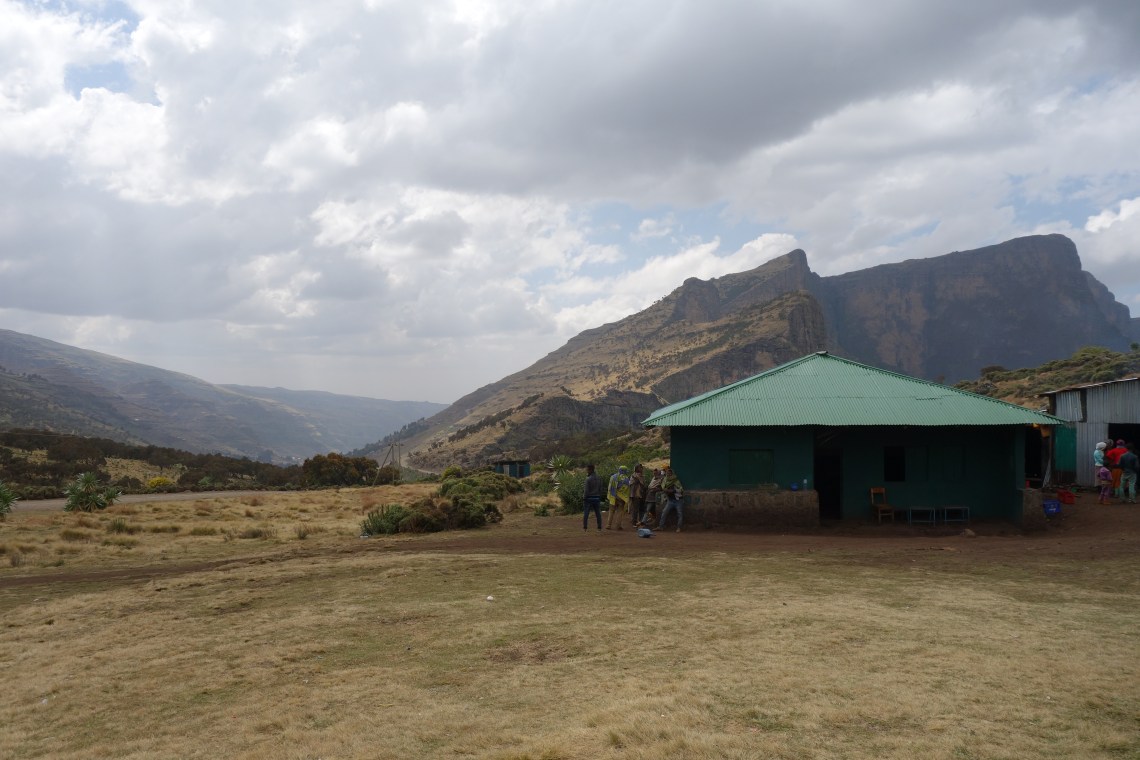
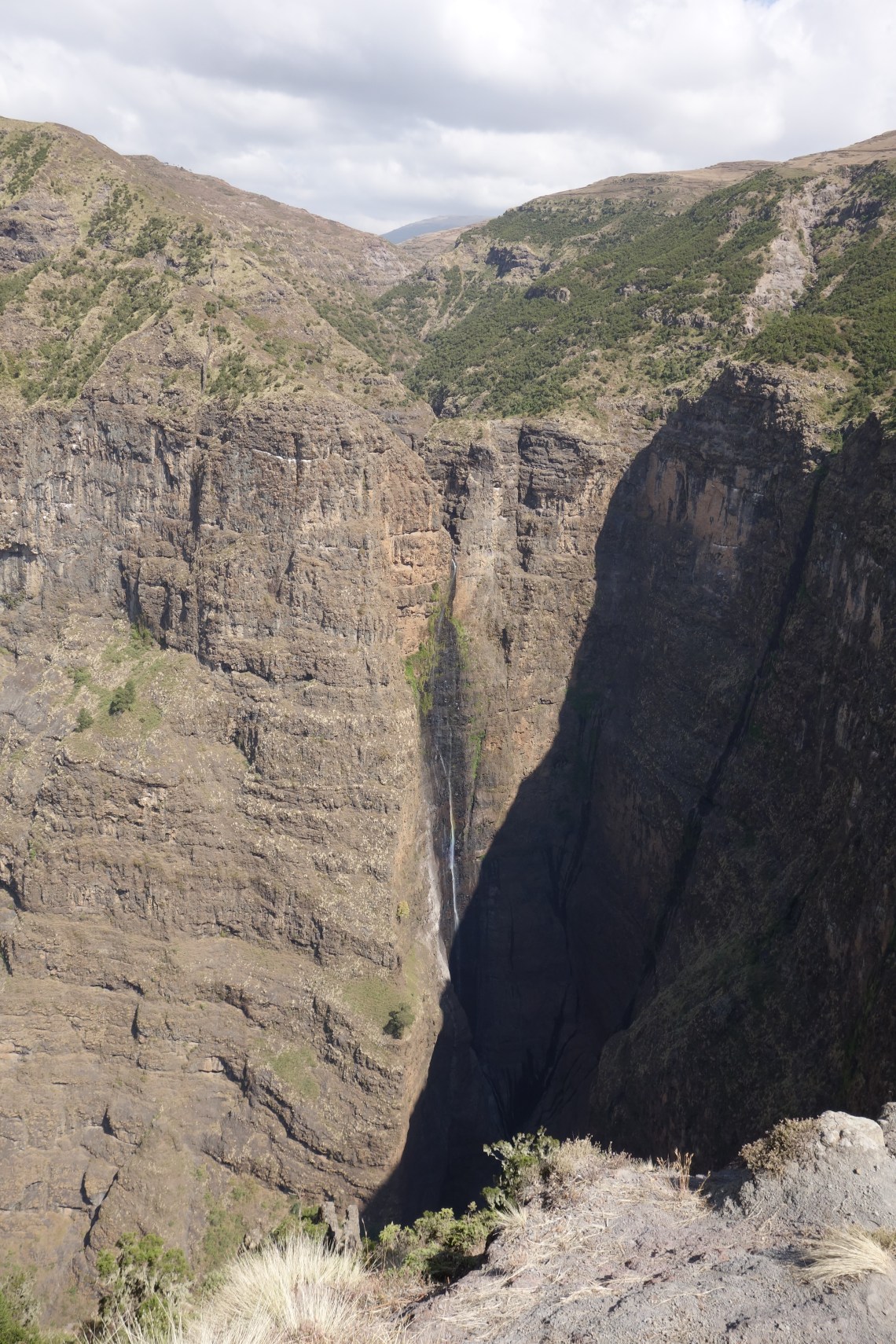


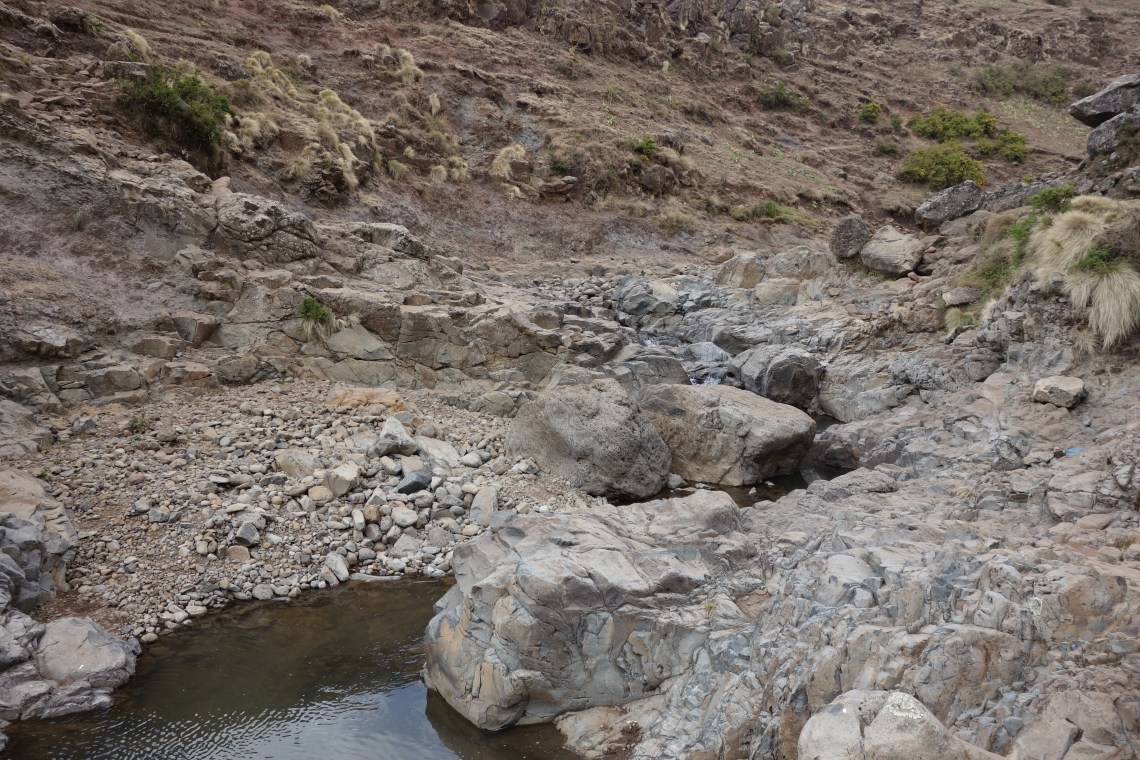

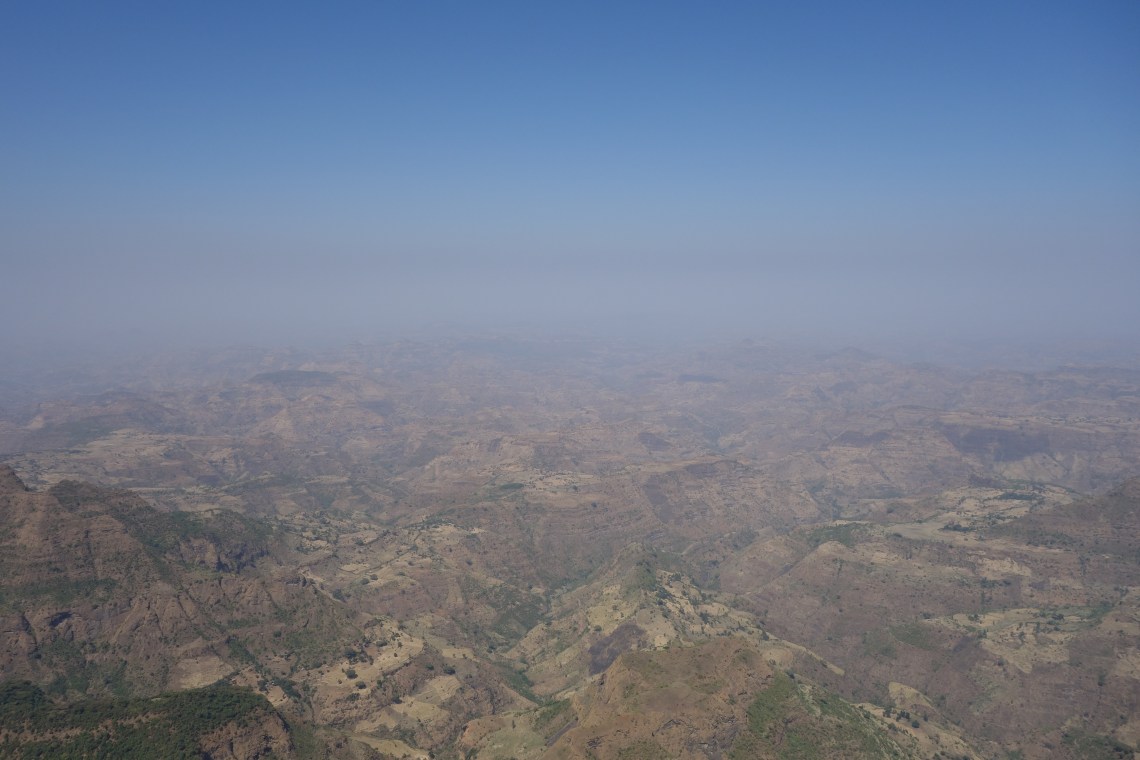
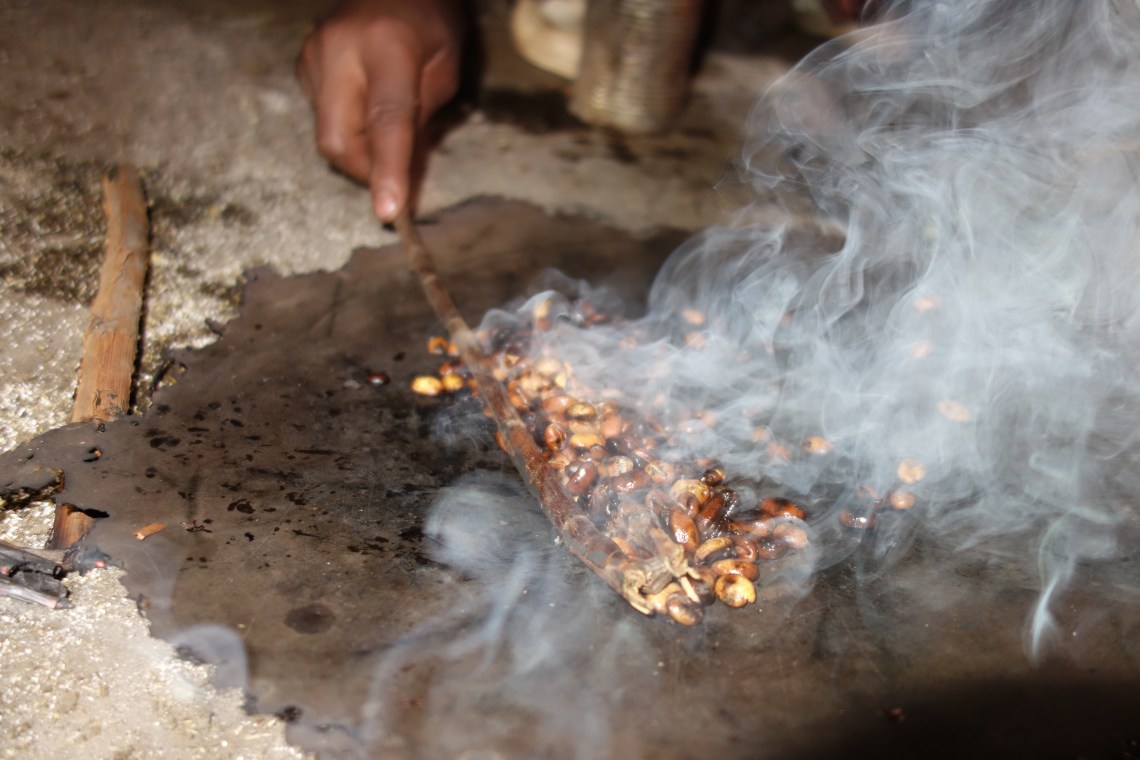
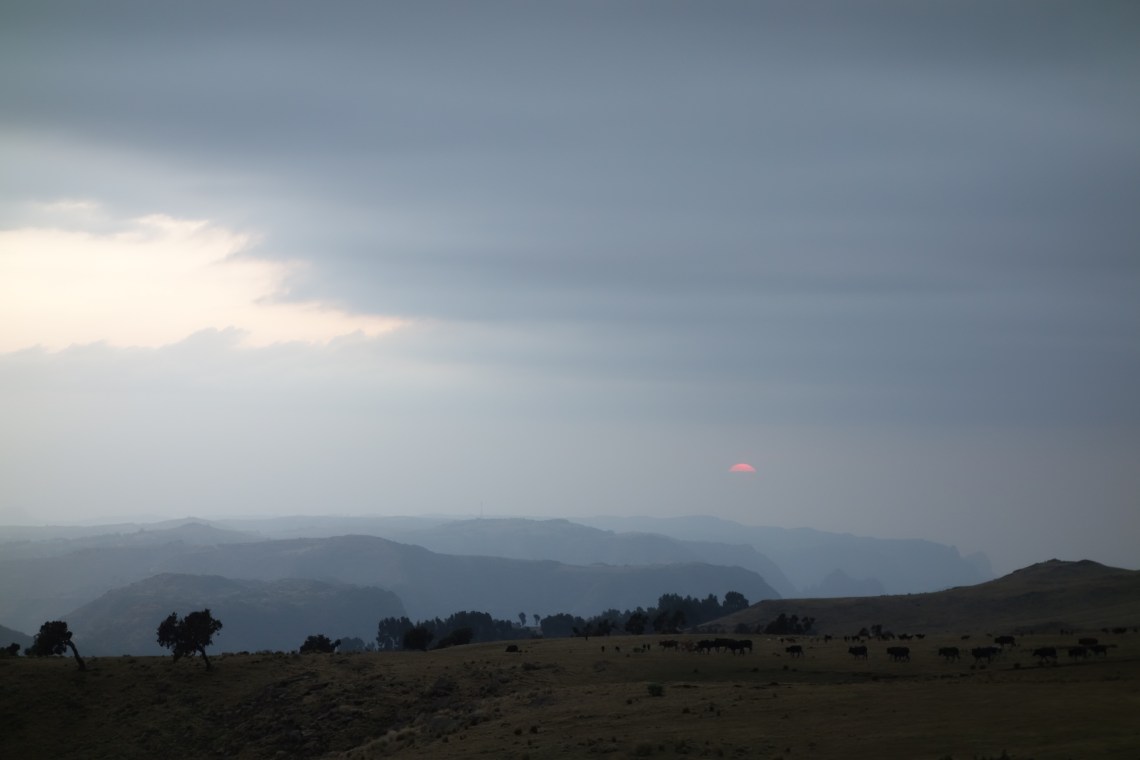
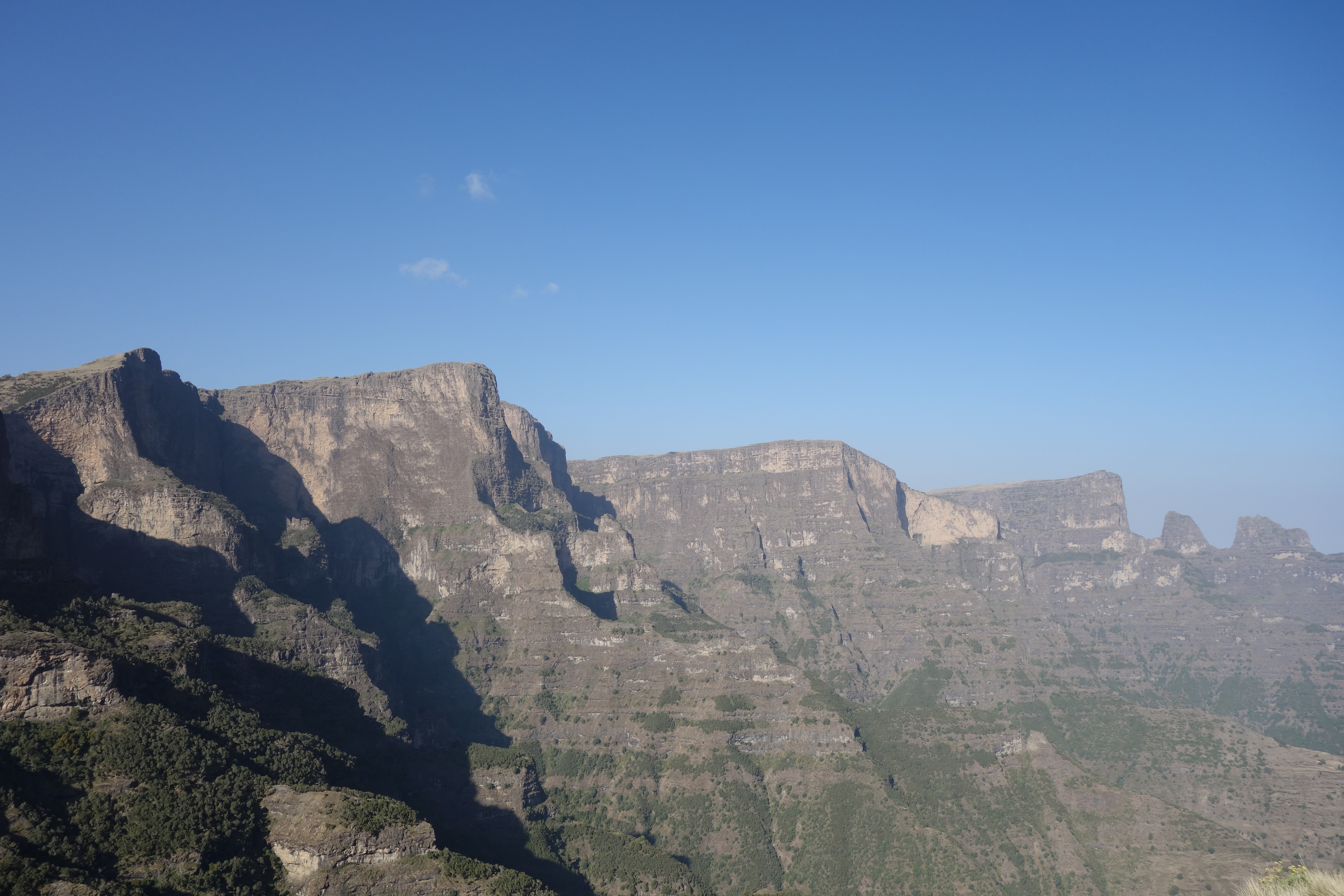















Sounds like you like traveling the same way I do. I want to know if things like gas cylinders can be bought in Gondar? We would like to make our own food on the mountain to save some cost. On a really low budget. What do you think?
LikeLike
Great question. I never really sought them out myself but I’d imagine they’d be available in Debark, which is the town just north of Gondar.
All trekkers must register here at the tourist information centre so the whole town acts as a base for everyone who visits or works in the mountains. I don’t remember seeing any camping gear for sale (it was a while ago now) but I really would be surprised if you couldn’t find that kind of stuff in Debark.
You can also arrange a cook to meet you at the different campsites if you change your mind before setting off.
LikeLike
Inspirational stuff! You’ve given me one more place for the bucket list.
LikeLike
No wayyy this is crazy but I just got back from Mauritania a few months ago and reading your blog a few years ago was both my inspiration to go there and my main source of information. Although my phone was broken for be whole trip I was able to print it out (along with some Wikivoyage articles) at an Internet cafe in Nouakchott hahahaha. It was one of the best places I’ve ever visited, I really appreciate ya blog posts!
LikeLike
Love your blogs and the way you travel. I recently returned from 3 weeks in Ethiopia and went to many of the same places, or areas. You are far more adventurous than I am able to be at 83, but I lived vicariously through your writing and pictures, the climbs to the churches in the Tigre area. Would love to have been able to go there. Had to settle for Lalibela, which is wonderful in its own way. Axum came as a total surprise. Had only a few hours there so was delighted to read of your walk-about. The Simien Mts. were magnificent. We saw the wolves on the Sanetti Plateau. Anyhow, thanks for sharing your adventures.
LikeLike
Wow thanks Sally it really means a lot. And I certainly wouldn’t call it “settling” for Lalibela—it’s also an incredible destination in its own right and I have no idea why it’s not considered a wonder of the world (actually I do have some idea why…) Glad you saw the wolves too, apparently they’re super rare! Considering you were there for three weeks it seems as if you crammed a whole lot in so I wouldn’t sell yourself so short!!
Anyhow I’d be stoked if I was still travelling at 83… it gives me hope that I won’t ever have to kick the habit! Please do let me know about your next adventure!!!
LikeLike